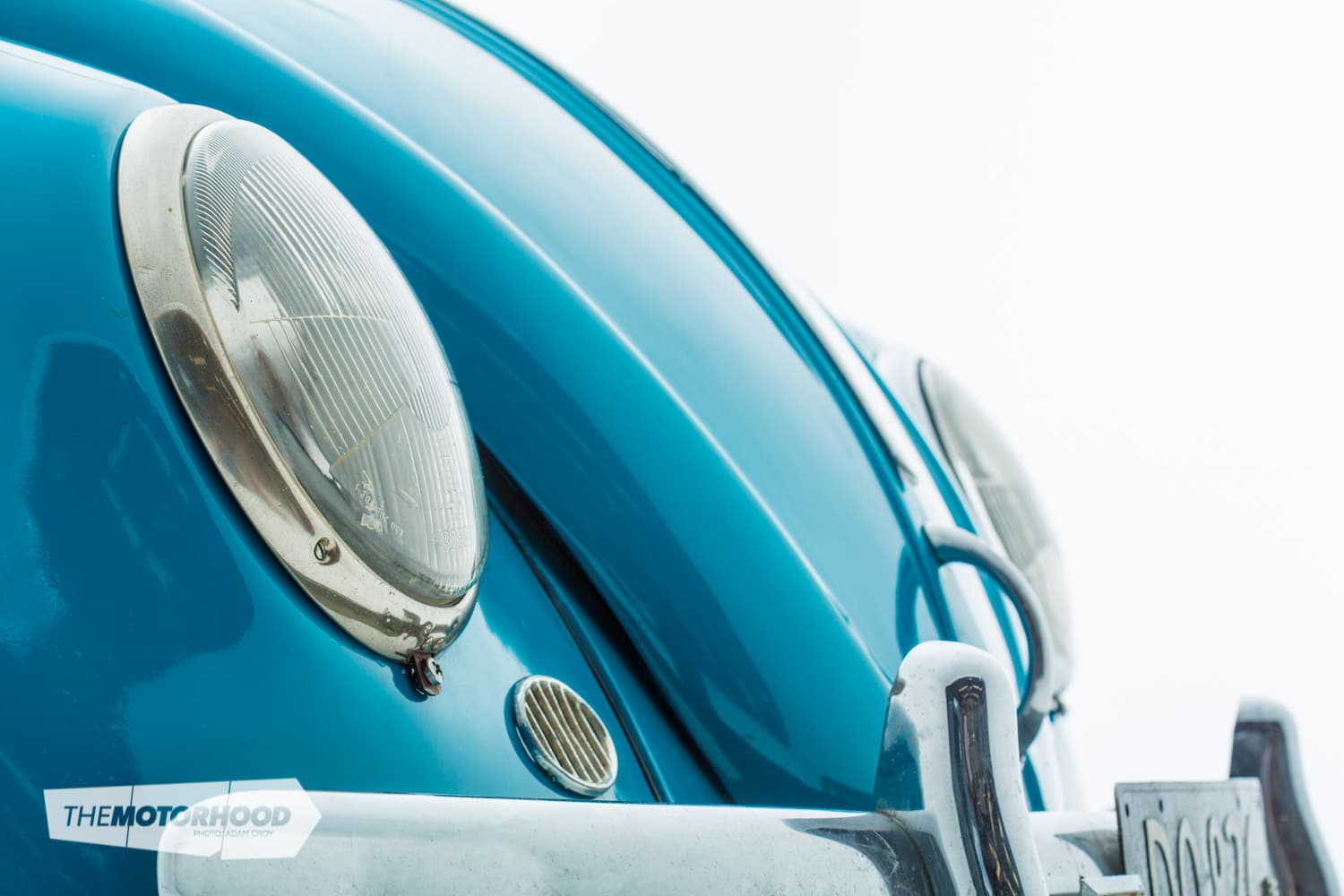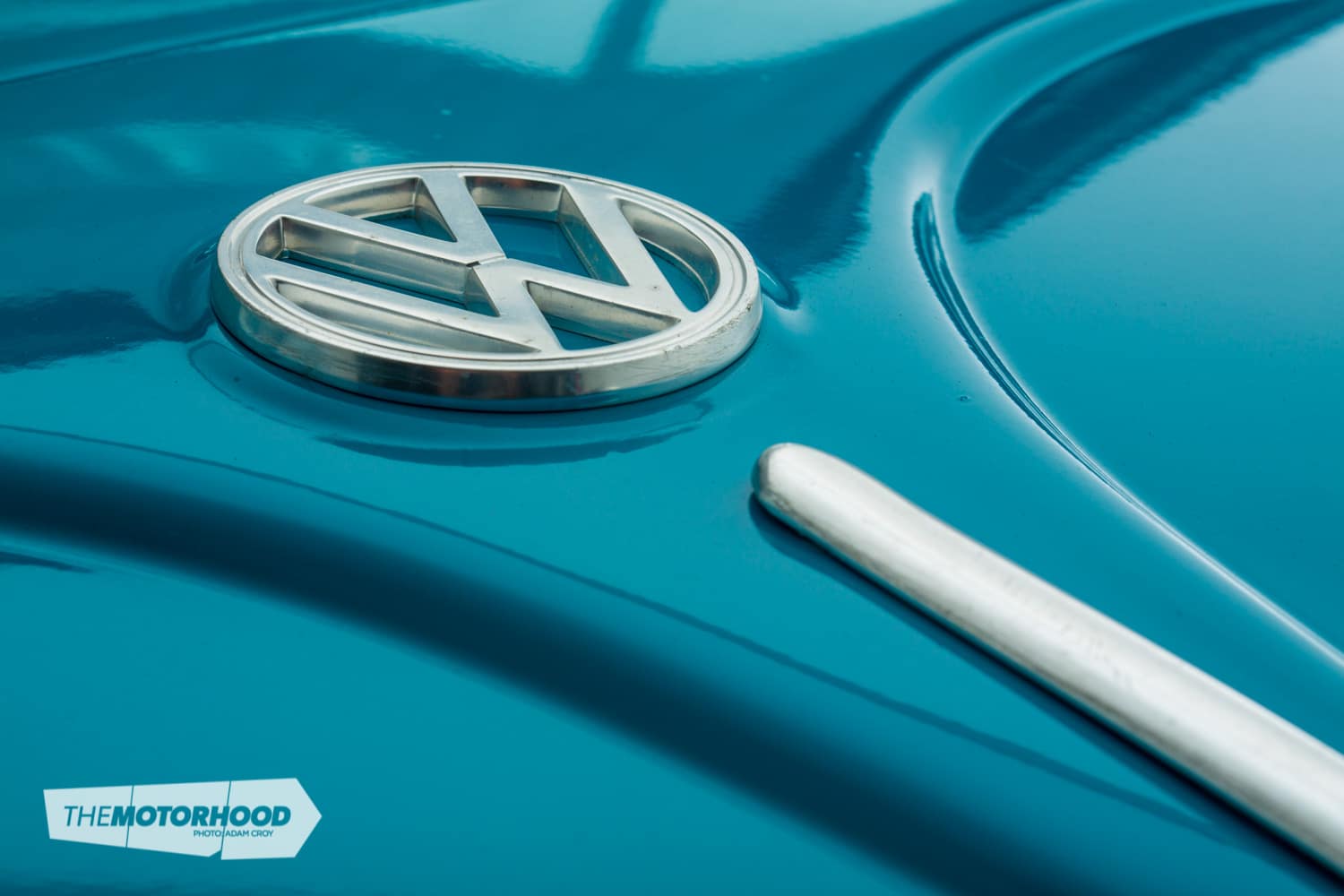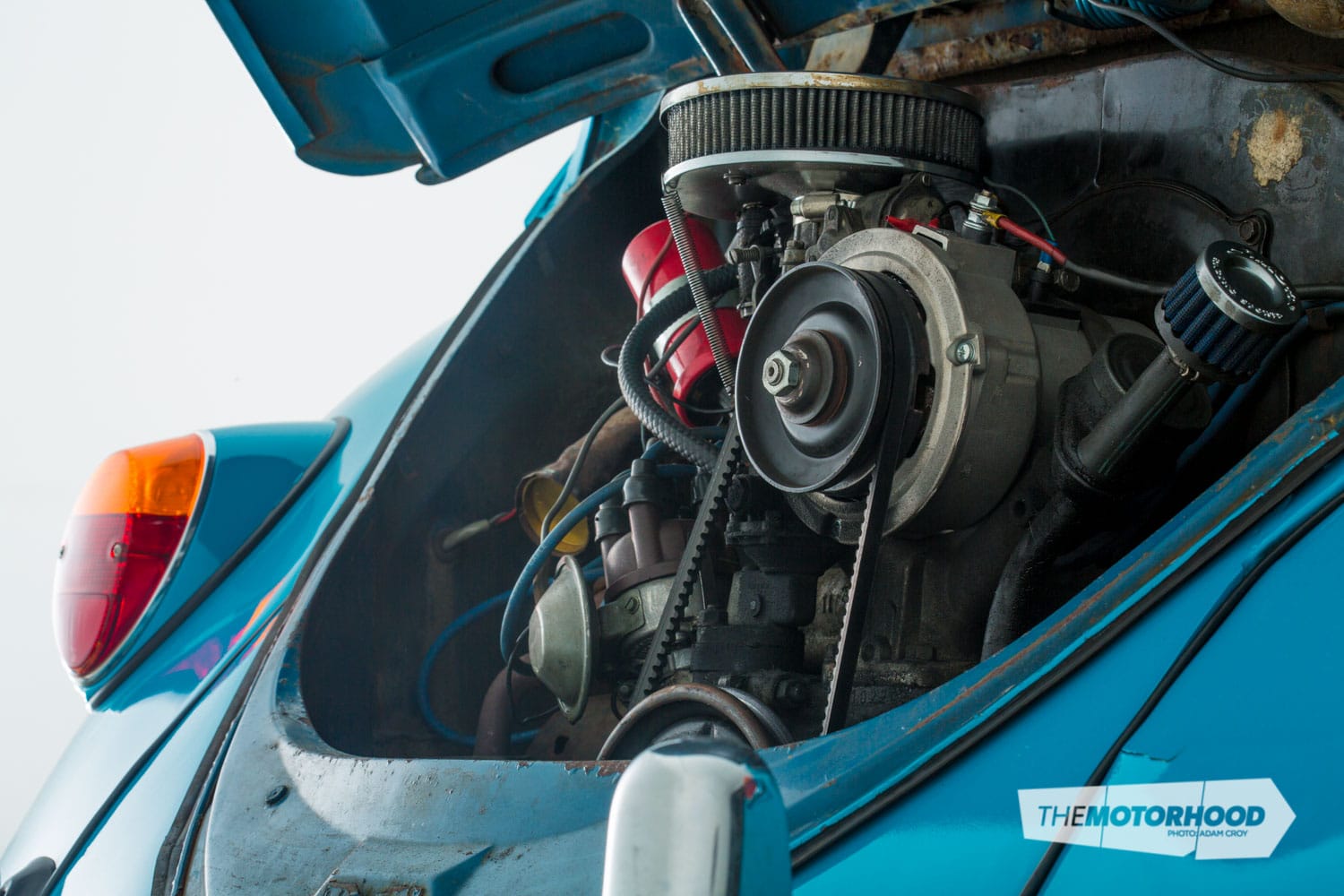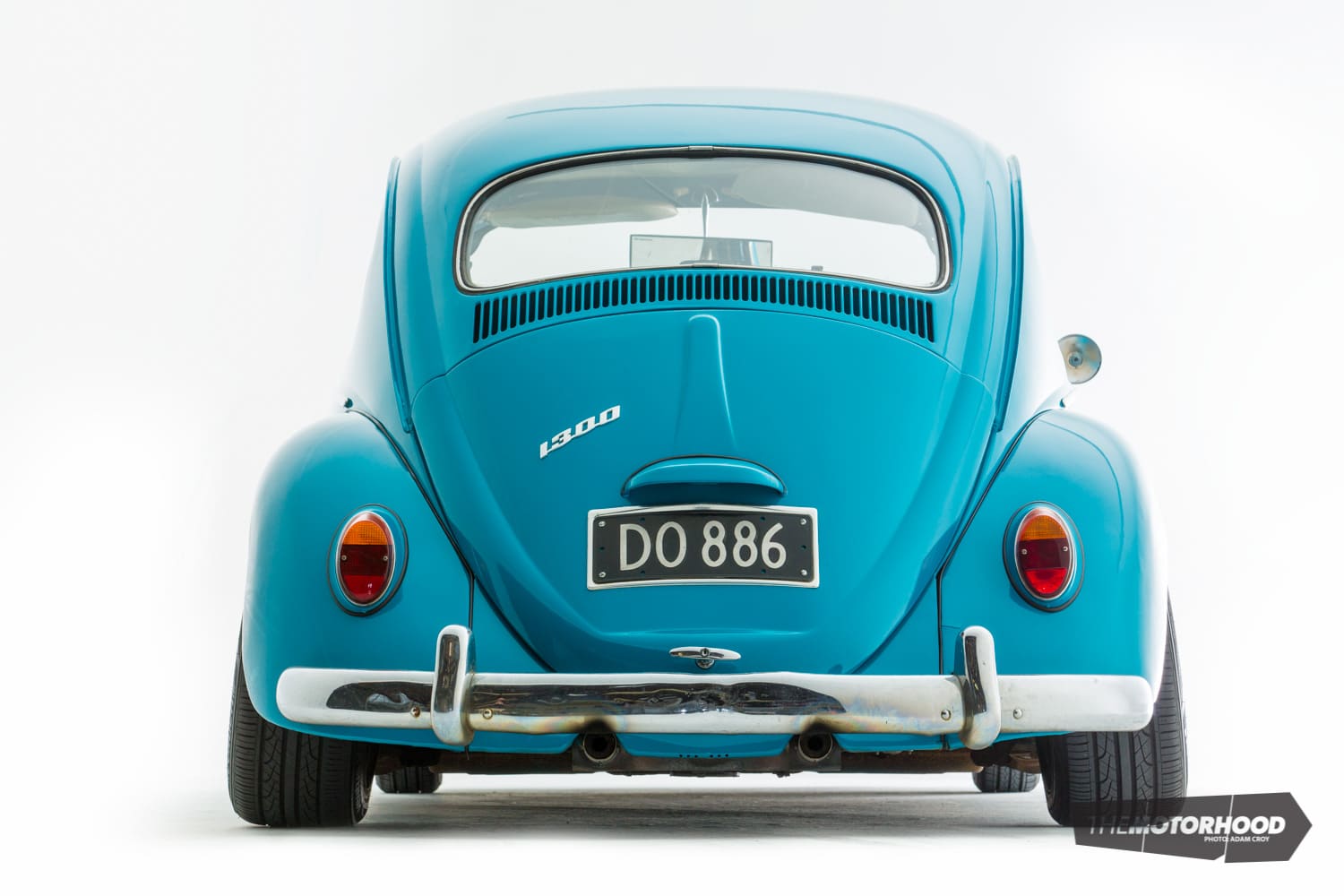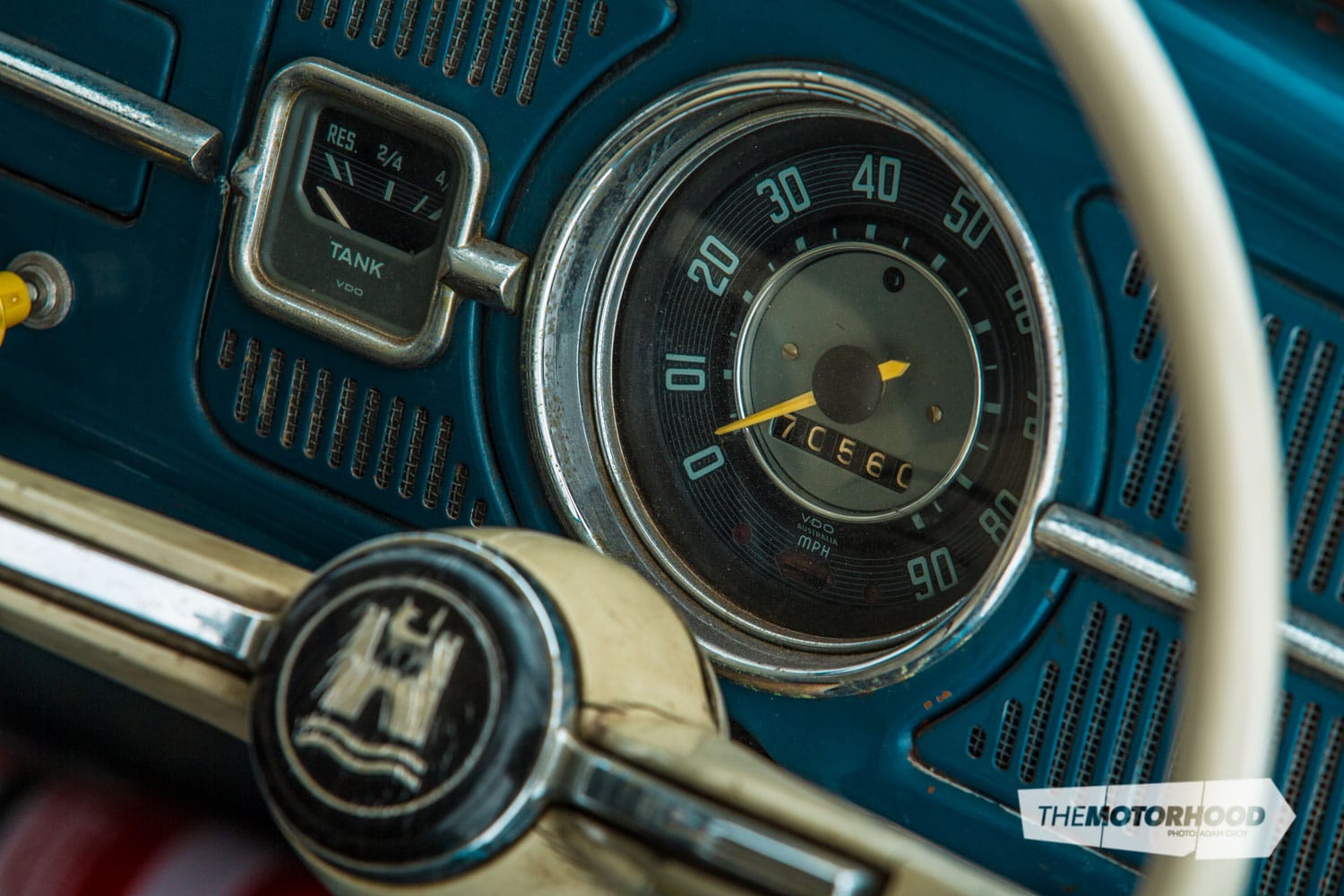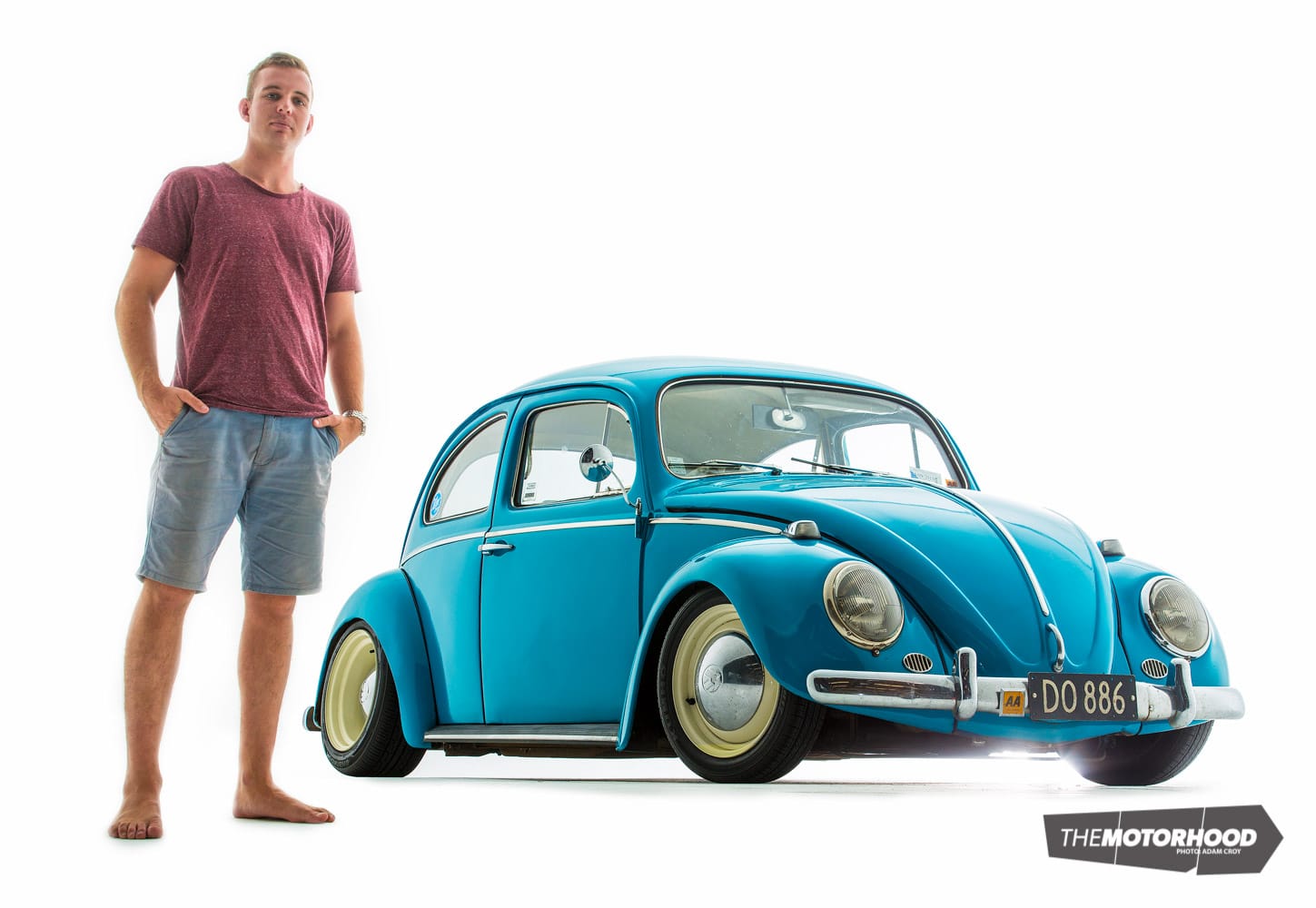We don’t only feature fully modified vehicles in NZ Performance Car magazine — the mildly modified get a look in too! It doesn’t matter what it is, if you’re passionate about it, modify it, and drive it to work every day, we’ll showcase it.
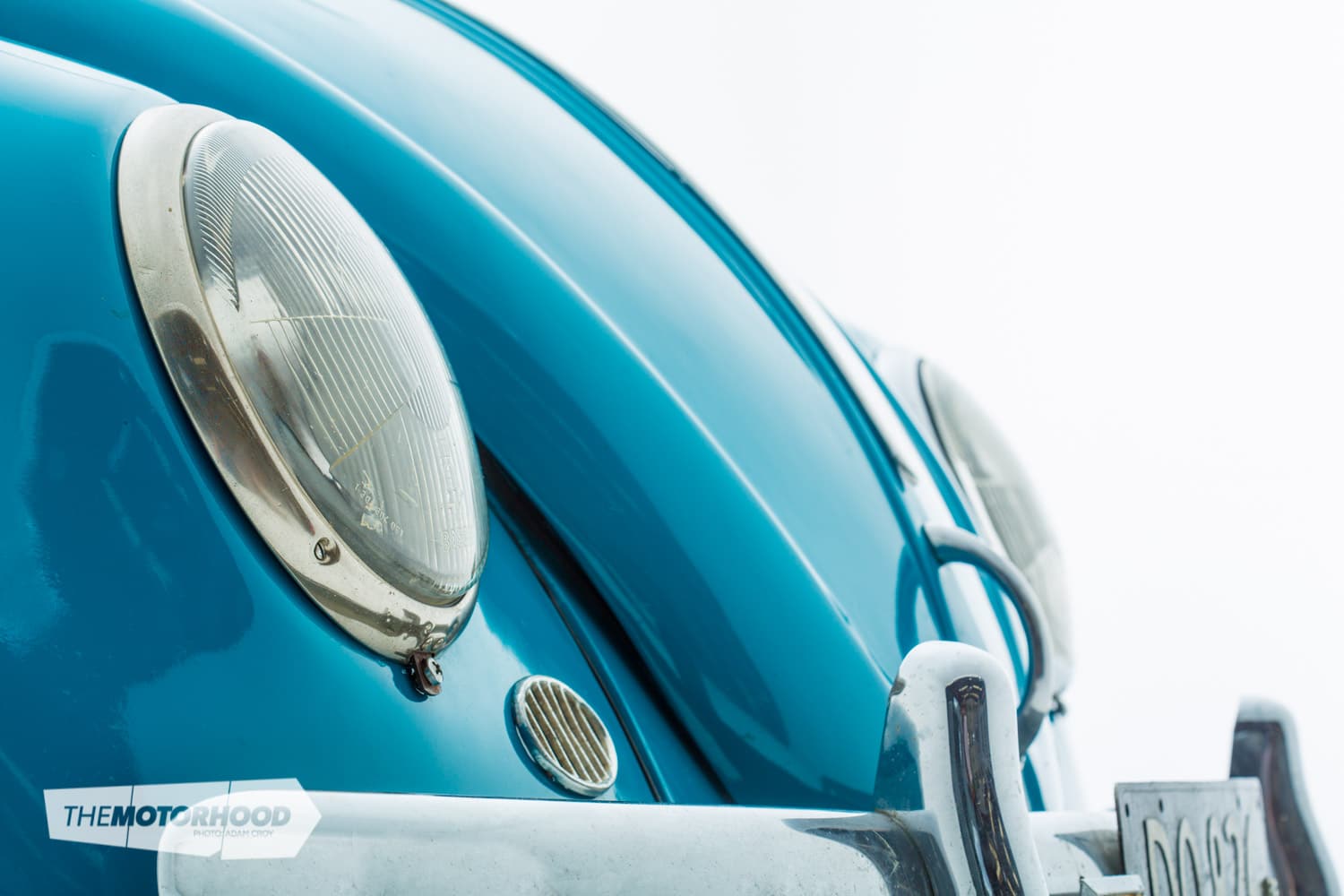
Owner: Damian
Location: Auckland
Occupation: Sales manager
Make/model: 1967 Volkswagen Beetle
Engine: 1600cc air-cooled flat-four
Drivetrain: Factory
Interior: Factory
Exterior: Restored to factory
Suspension: Widened rears to eight-inch, 205/50R15s
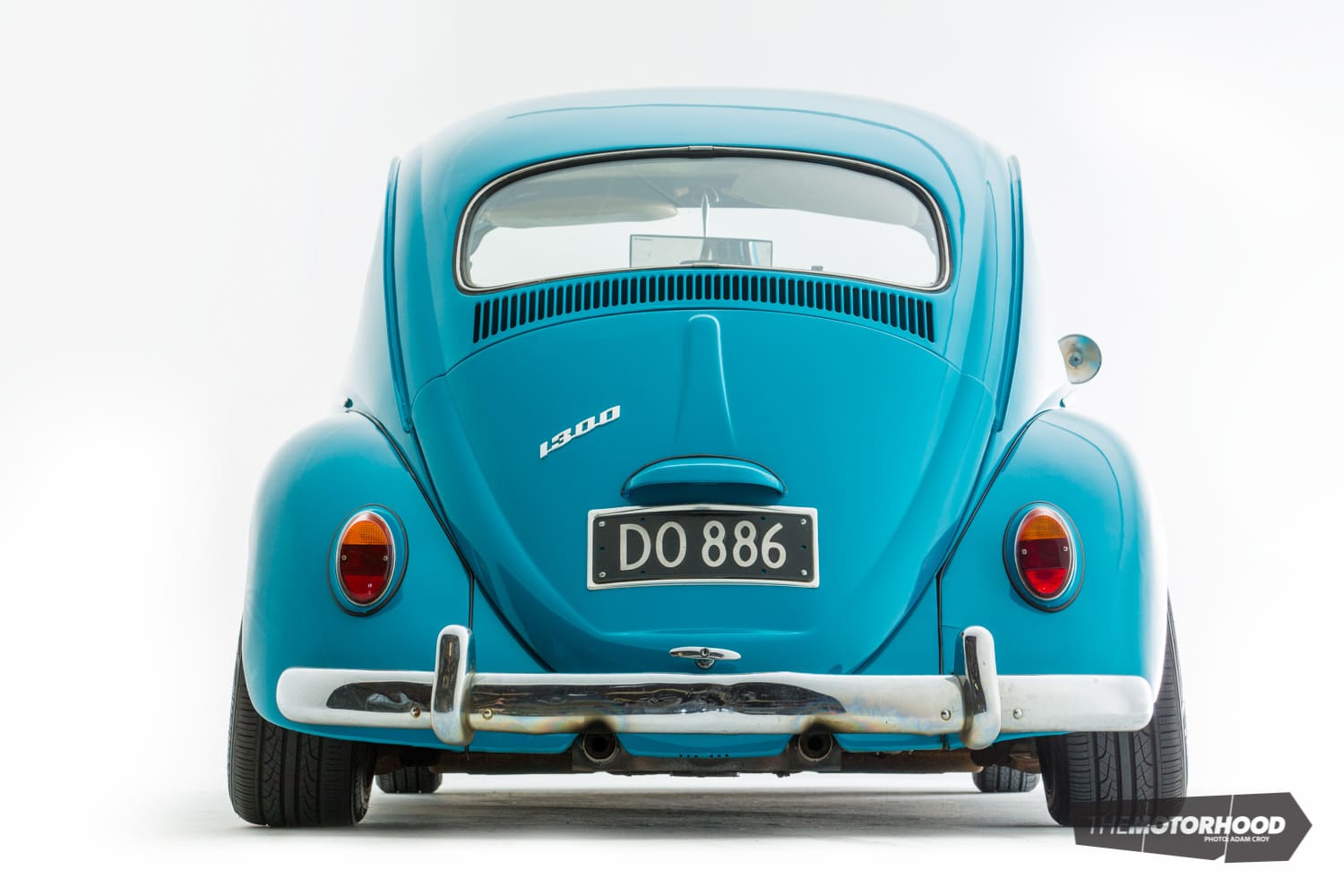
NZ Performance Car: Hey Damian, it’s not often that a slammed Beetle graces the pages of NZ Performance Car. How did a Beetle come into your life?
Damian: I’ve always thought the Bugs would be a cool car to play around with, especially after having seen a few modified ones around. Previously I didn’t have the space to hold another toy, but last year the opportunity presented itself for a project and I started hunting around for one. A good friend of mine bought a ’63, which prompted me to rethink buying one myself to build in conjunction with his. I searched the net and ended up trekking down to Tauranga that weekend to trailer it back.
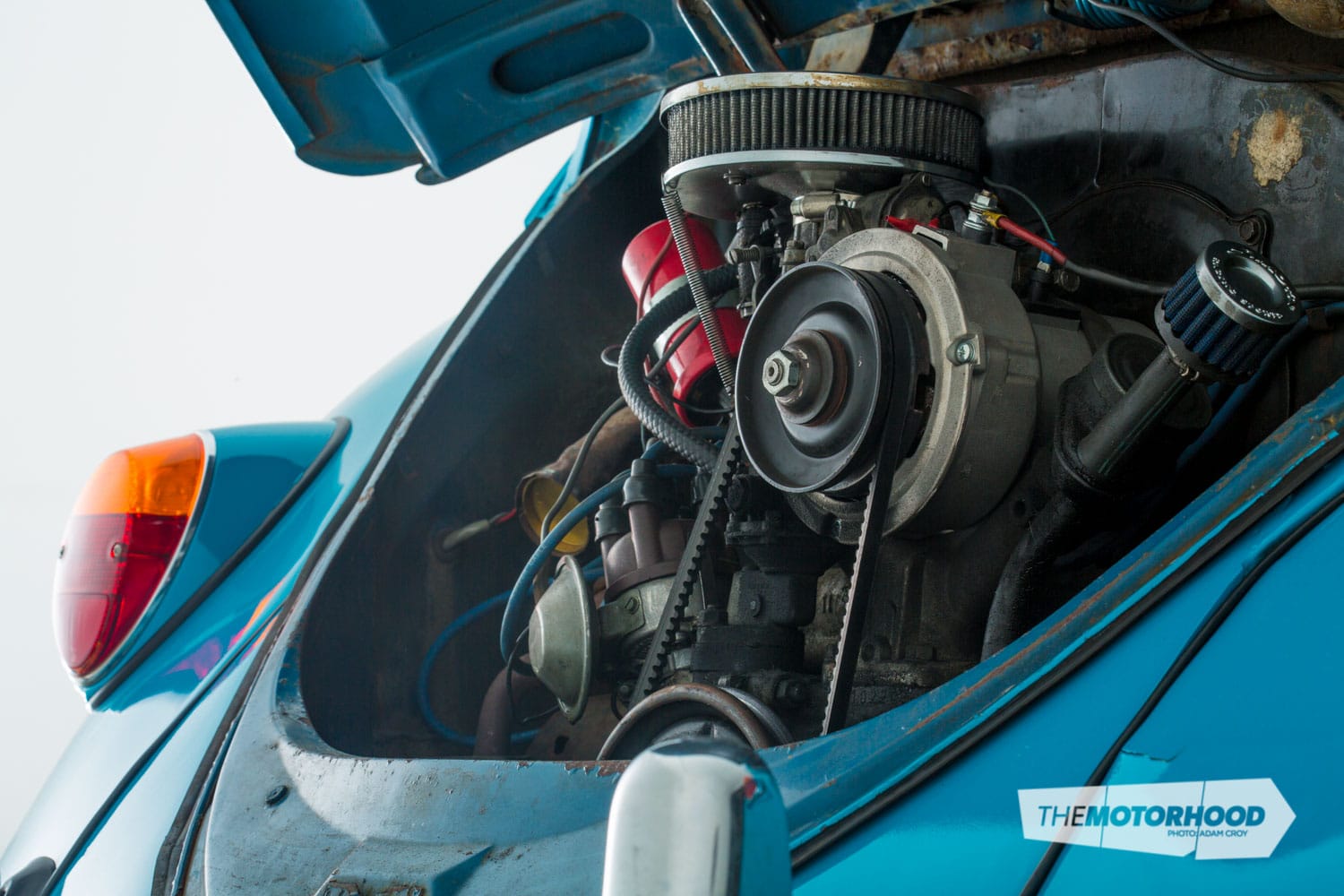
Did you buy it as it is or did you have the body restored?
When I bought it, the car hadn’t been on the road for about 14 years or so. All I wanted was a good base to start with, in the correct year range with not too much of a rust problem. This one had good floor pans and pretty good heater channels so I bought it. With the help of a couple of mates I cut out the rest of the rust in the car, prepped the body for paint, and then I helped another mate paint it.
We’re pretty sure Beetles don’t come this low down from the factory, what went into lowering it?
The Beetles use a torsion system for their suspension. In the front, you need to install beam adjusters, which you weld into the beams, and this enables you to change where the torsion bars reset to. This makes it very easy to lower and raise the car pretty much as much as you like, although other mods will need to be done if you really want to sit it on the ground and still have it driving OK. The rear uses a similar system, but with spring plates connecting the rotating assembly to the suspension. No modifications are needed to lower the rear except trimming or removal of the bump stops. You reset the spring plates on the splines using all factory parts, although if I wanted to go much lower than I did here I’d probably have to notch the spring plates.
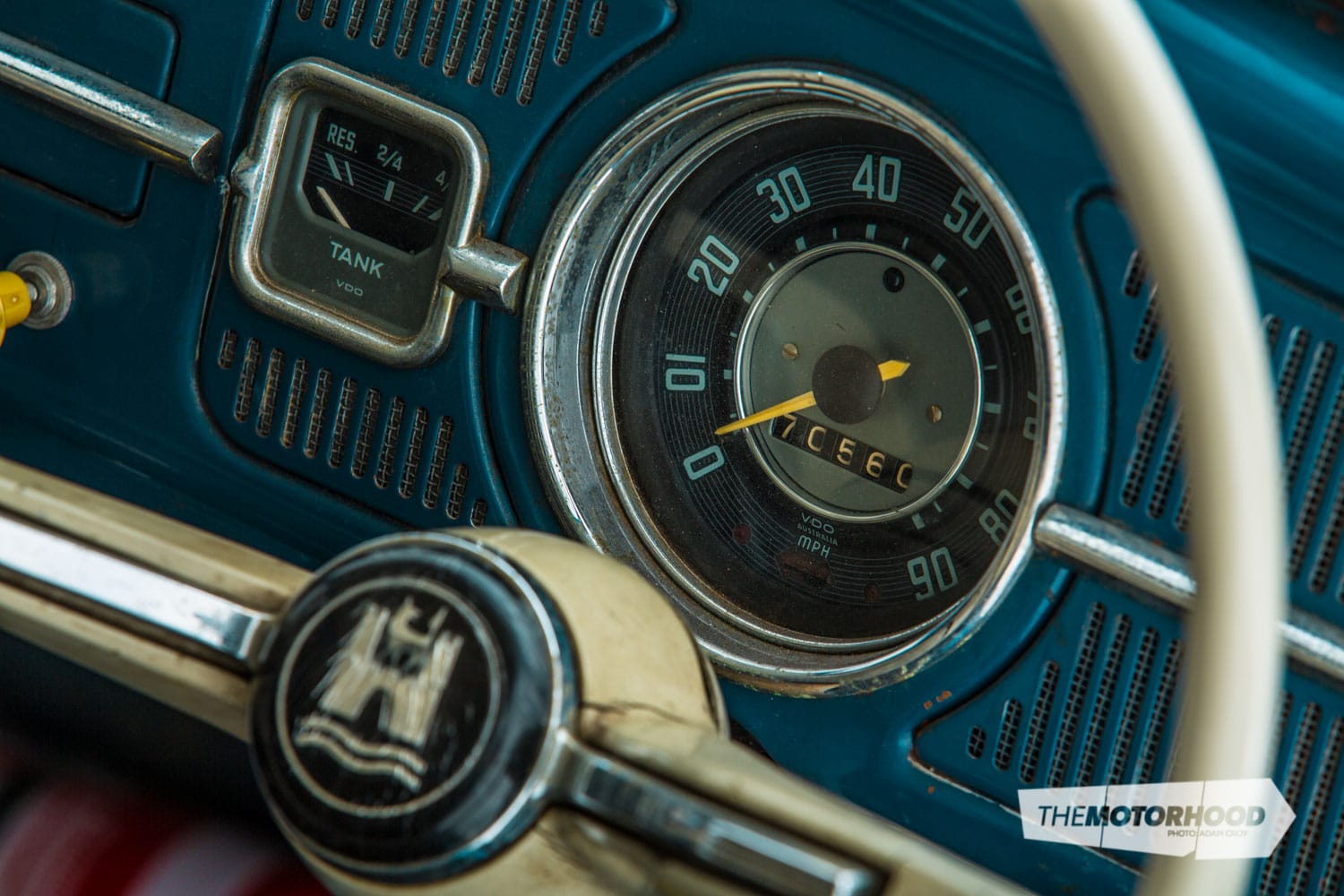
Is reliability an issue with a car of this age, or has the engine had a revamp?
This is probably one of, if not the most reliable cars I’ve had. You see so many of them cruising around, and that’s a testament to the fact they were built well and built to last. The engine, like you’d expect after 48 years, has been rebuilt at some point; this one to have 300cc more displacement than the original 1300. As with putting any dormant car back on the road after a good amount of time, it’s always going to need small issues ironed out and certain parts replaced to get it running right, but once I knocked all that off (with the help of a good mate Jase — a walking VW encyclopedia) it’s run perfectly ever since.
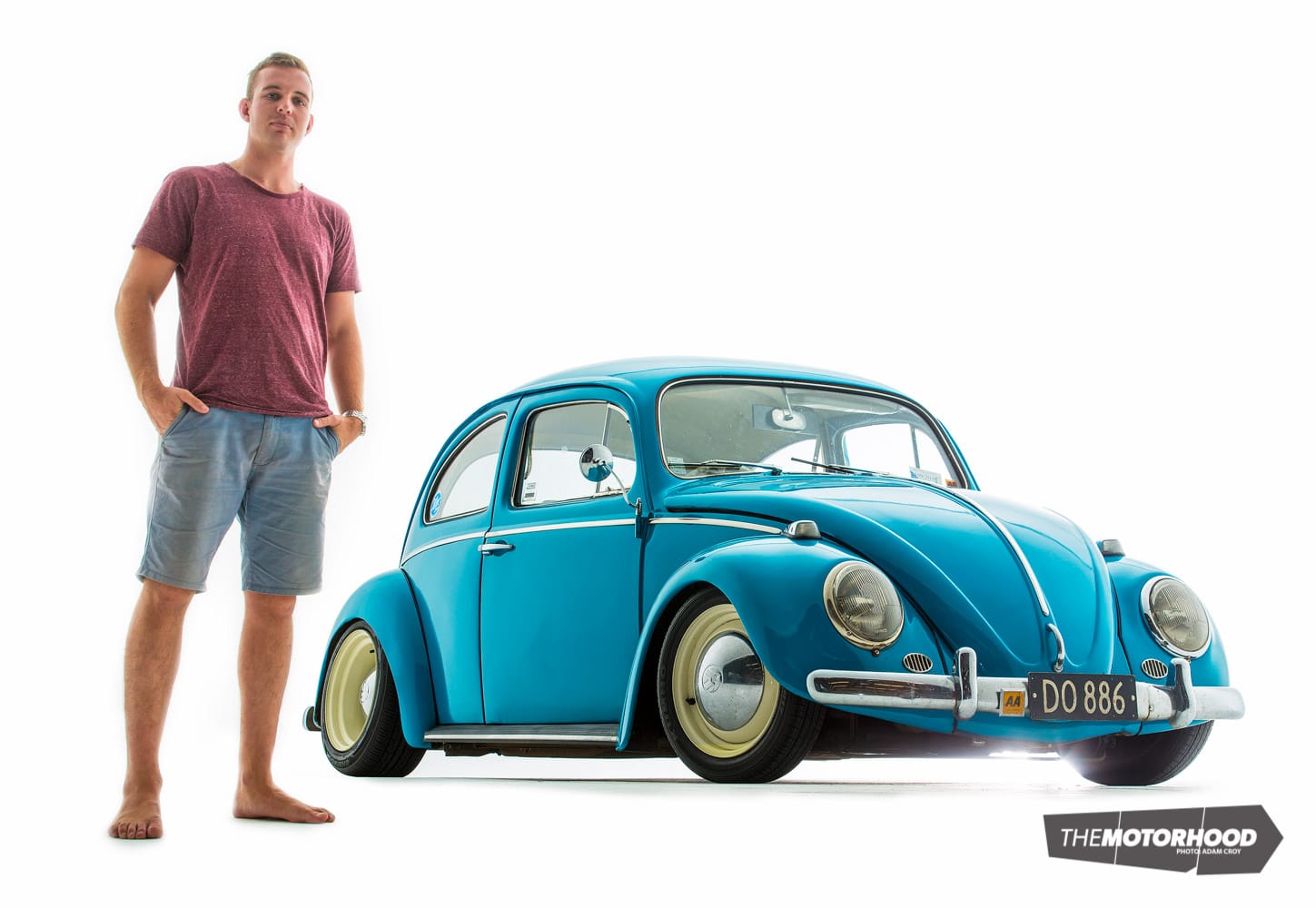
We understand you have just sold the Beetle, what’s next for you?
Unfortunately yes. I needed to sink the time, space, and money into other things at the moment, but as soon as I can I’ll hopefully get stuck into a project I’ve always wanted to do; a slammed and repowered old-school Mini.
Thanks for bringing in your Beetle, Damian.
This article was originally published in a previous issue of NZ Performance Car. Pick up a copy of the edition here:





